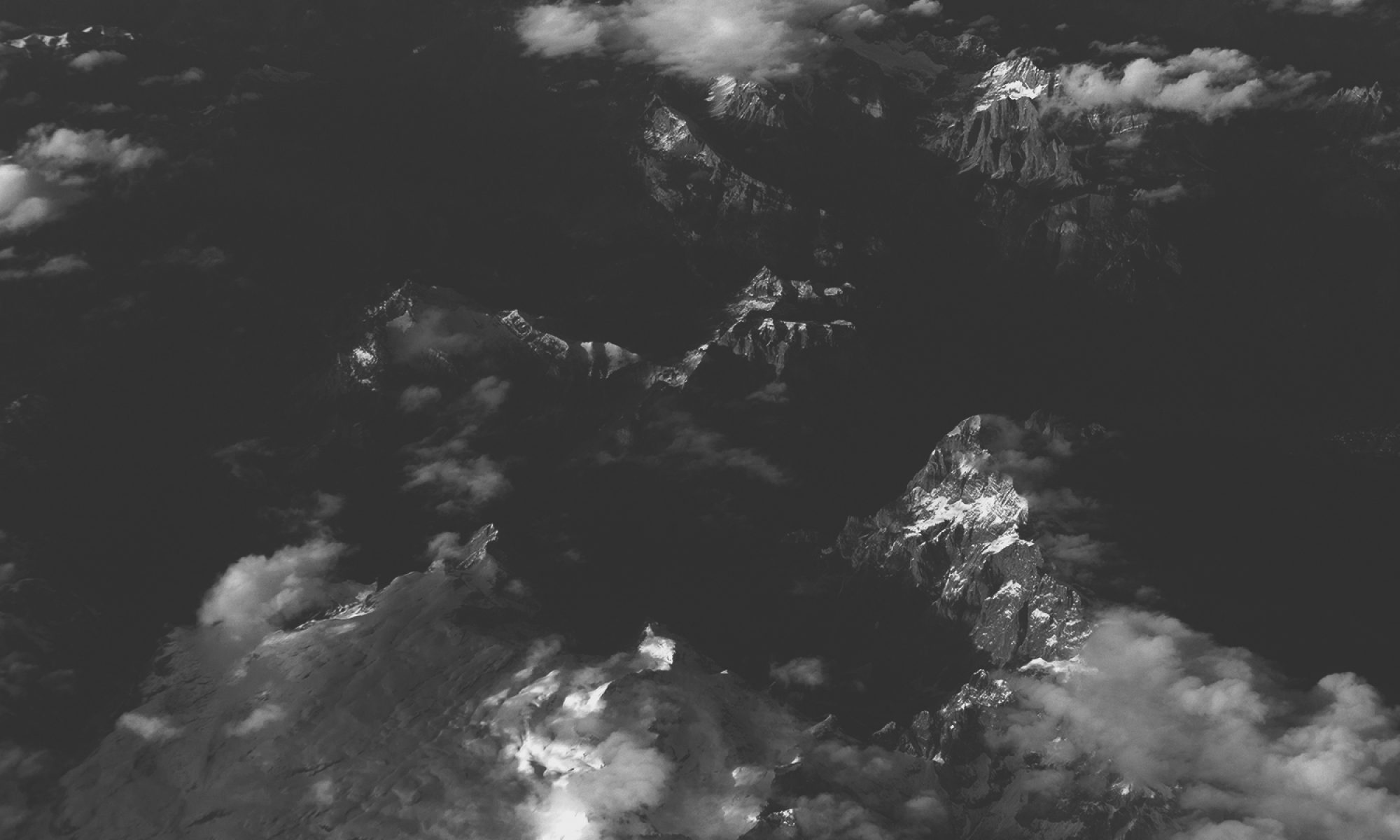Just got back to class in the morning. This is going to be my final year at @CU_Photography. As I mentioned Jon Levy joined us today.
Jon presented a retrospective of foto8 and his work so far. After this talk he asked us to put together photographs we would want to have taken or draw inspiration from, a fantasy portfolio. It looks like this term is going to be great. Also this module will have the input of Jonathan Worth (@Jonathan_Worth), Shaun Hides (@shaunhides) and Jonathan Shaw (@time_motion).
In this course we have the choice of doing a dissertation, the classic academic research based project, or just a symposium as they use to call it. In the symposium you pick a subject, do research and present in public, which usually is classmates, staff, students and people who are interested. On the last term, we develop the “exit module” which is usually an exhibition but not only. It is the module where ideas and concepts are realised. Obviously we don’t have to stick our work on a wall to fit the criteria. For this year’s symposium we are thinking instead of presenting in front of an audience to go on air! So keep close, because our show could be broadcasted through the web!
A few things discussed in class with Jon.
Bosnia: Uncertain Paths to Peace, (1996)
Uncertain Paths to Peace was an interactive multimedia photojournalism project designed from photojournalist Gilles Peress and Fred Ritchin for the New York Times (here). The content on the NYT website is unavailable, but a full archived version of it lives at PixelPress. This project offered more than documents, essays and photographs. It demonstrated the use of new media in order to help understand and perhaps resolve the conflict in Bosnia. I categorize it as a pluralistic platform. Pluralistic because it opened a forum for international dialogue, “led by scholars, diplomats, artists, humanitarian leaders and other experts” and of course the entire Internet community of the time. Platform because it hosted a variety of important elements. One of them being the forums, a second the interactive photo essays and a third, resources and references that helped the user/reader to gain greater understanding.

[other sources: pixelpress.org – Norm Green, contributor]
The Zone – Perama, Greece, (2012)
The Zone is a photographic project by Christos Sarris, based in Perama, a neighborhood of greater Athens. The photo project lives at spiritualstudio.com and the short film along with Christos’ essay at foto8.com. Christos Sarris produced a series of photographs and a short film documenting the people’s struggle to live after the impact of the economic crisis in Greece. Perama is known for the shipyards. For long time unemployment stayed at relatively low levels because most of the community were working at them. Perama is considered one the poorest neighborhood of Athens. Christos approached the community while offering aid with Doctors of the World and he got to meet them well before he started this project.
I found myself in an unpleasant situation not knowing any of this. It is certainly not a surprise as I leave in Athens, but being abroad for 4 years, kept me away of people’s struggles.
While doing some research I discovered a a very similar ongoing project, by photographer Eirini Vourloumis. The Decline of Perama Shipping Yards is a series of photographs which focuses on everyday life of the workers in the shipyards, unlike the community approach of Christos Sarris.
As Greece has been hit by crisis more institutions collapse every day, some of the being health/education system, transportation, or state and private owned businesses.
The Last Of The Billingsgate Fish Porters, (2012)
This is an audio/visual narrative from photographer Claudia Leisinger is about the Billingsgate fish porters whom their trading licenses were revoked by the City of London Corporation in January 2012. The Billingsgate fish market sits in a place where fish trading happens for more than three centuries. The porters are proud of their profession and in many cases it has past down to further generations, from father to son… Claudia’s stunning photographs of the porters and the working environment, captivated my attention, while their stories unfolded. According to the porters, the desicion was taken, to get rid of the fishmarket which doesn’t really fit in City’s corporate environment, while the land costs a fair amount of money, especially with the 2012 Olympics in sight. I recently contacted Claudia and was informed that the project is not yet finished. The continuation of the narrative is coming out next year.
[ sources: foto8.com claudialeisinger.com]
https://vimeo.com/40644907
